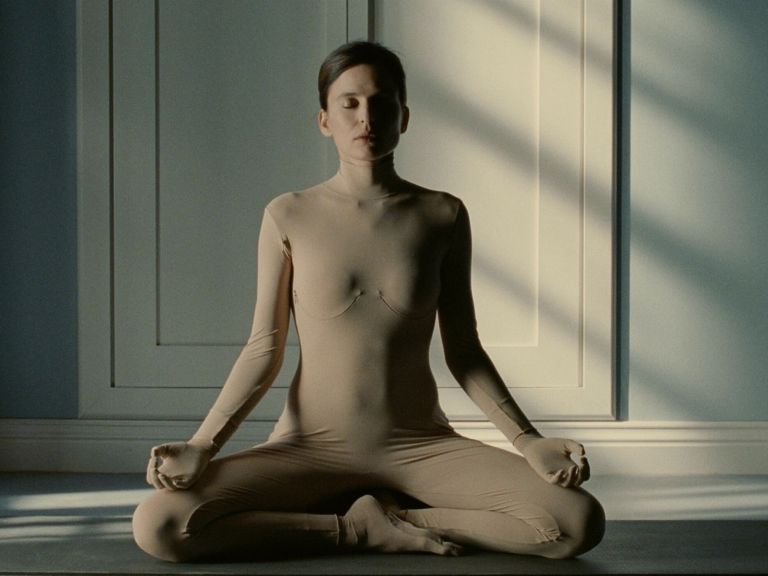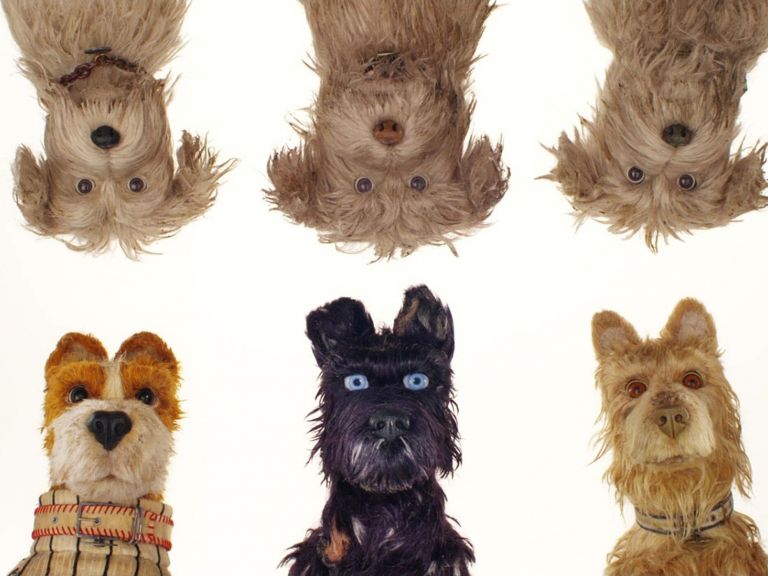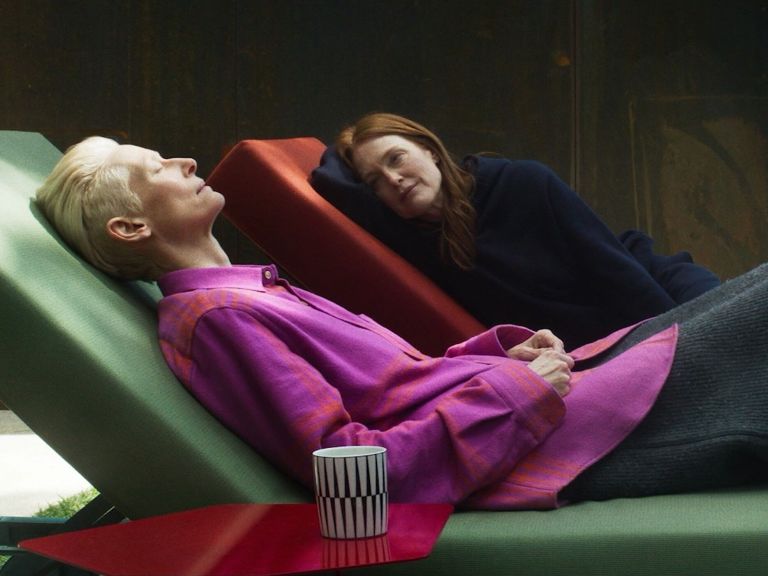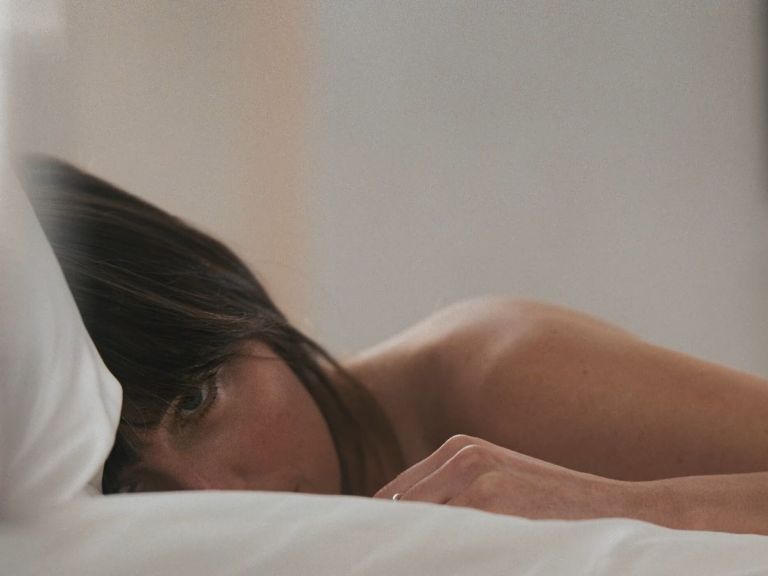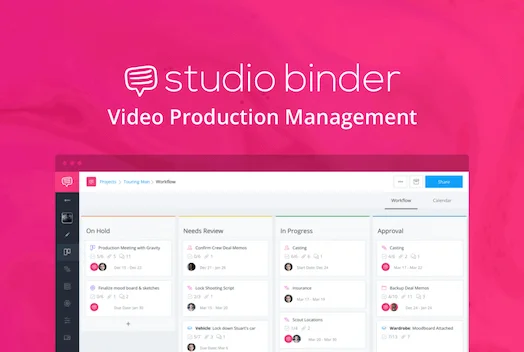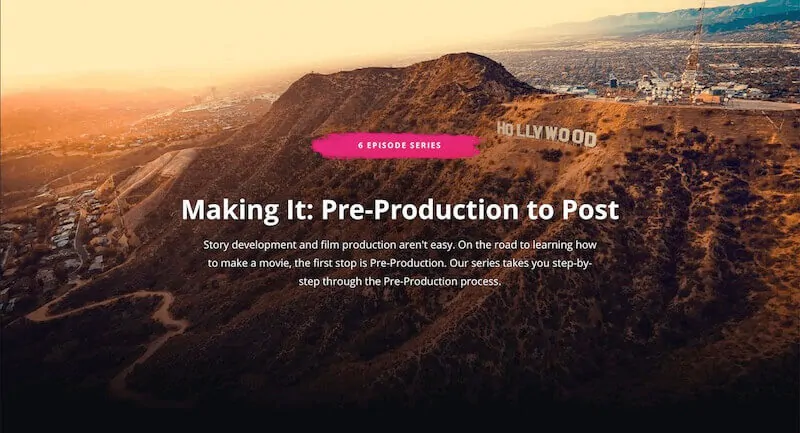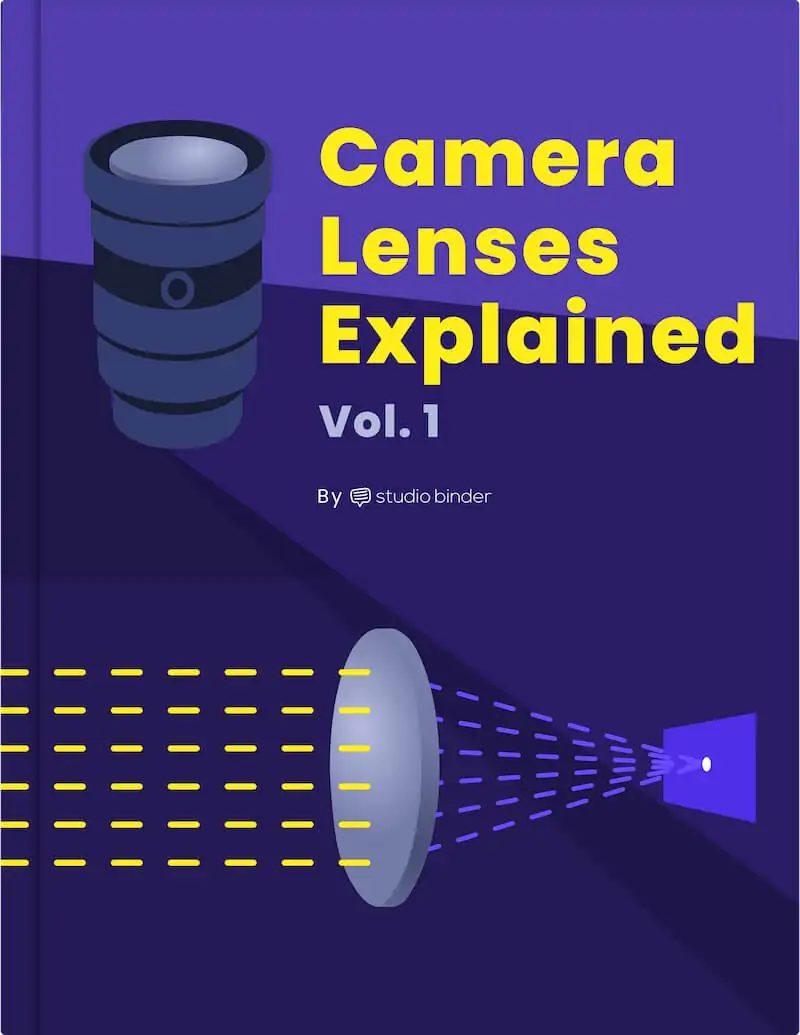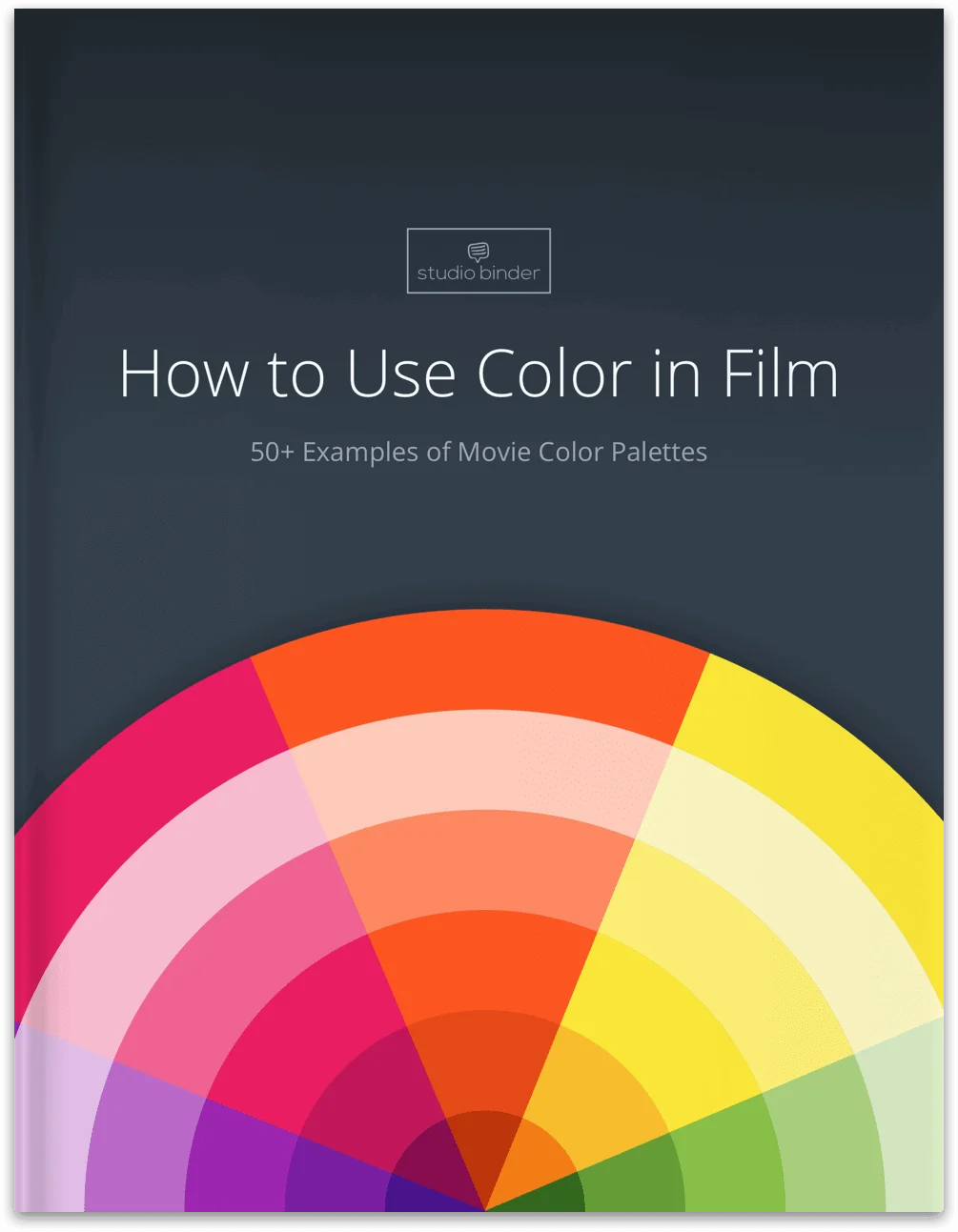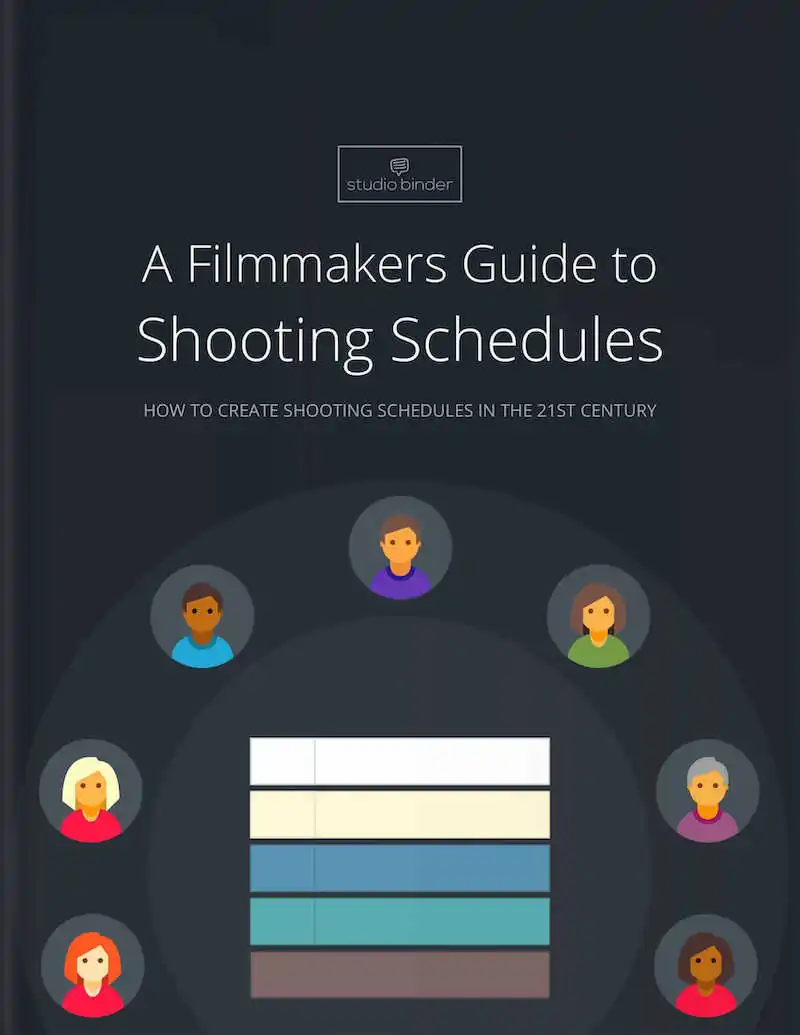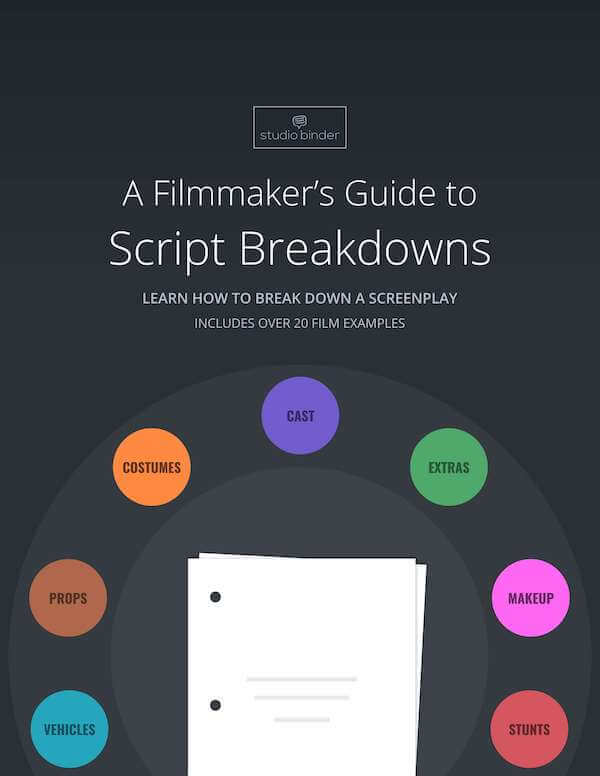home → Composition Techniques → Contrast in FilmSearch for:Search Button— How to Use —Contrast in FilmFamiliarize yourself with contrast in both lighting and color, starting with what contrast can mean, how to use it, and some of its greatest examples.VideoExamplesArticleContrast definitionWhat is contrast?When filmmakers talk about contrast, they could be talking about a few different things. Maybe they’re referring to color contrast, which is how different colors in the frame interact with each other. Another likely meaning of contrast is in regards to lighting. Lighting contrast compares the light and shadow within a frame, and how dark or light the lights are…
home → Composition Techniques → Color in FilmSearch for:Search Button— How to Use —Color in FilmFamiliarize yourself with how color works in film, starting with what it means when filmmakers discuss color, how to use color in your films, and some examples from great films.VideoExamplesArticleColor theory for filmmakers definitionWhat is color theory in film?Film is a visual medium. Every visual cue you choose in your film can help convey the meaning and mood of your film, and choosing a deliberate color palette will help your film create its own visual world and language for the audience. When we talk about color theory…
home → Composition Techniques → Positive SpaceSearch for:Search Button— The —Positive SpaceFamiliarize yourself with the definition of positive space, starting with what it means, how to use it, and some of its greatest examples.VideoExamplesArticlePositive space definitionWhat is positive space?Believe it or not, you’ve seen thousands of shots that emphasize positive space! Why? Because every frame in a film has positive and negative space. It’s actually pretty simple to understand. When you look at a shot, whatever part of that shot shows the main subject - whether that’s a character, object, or landscape - is considered positive space. Think of positive space as…
home → Composition Techniques → Symmetrical BalanceSearch for:Search Button— Film —Symmetrical BalanceFamiliarize yourself with the concept of symmetrical balance, starting with what it means, how to use it, and some of its greatest examples.VideoExamplesArticleSymmetrical balance definitionWhat is symmetrical balance?Filmmakers use shot lists to determine how each shot or frame in their story will look. When composing shots, filmmakers consider balance - how evenly or unevenly weight is distributed in the picture. Symmetrically balanced shots are pictures where the two sides perfectly mirror each other, with each side being perfectly balanced or even with the other. Filmmakers use different techniques - like lighting,…
home → Composition Techniques → Asymmetrical balanceSearch for:Search Button— Film —Asymmetrical Balance Let's start with how to define asymmetrical balance and how to use it by studying some of the best balanced asymmetry examples.VideoExamplesArticleAsymmetrical composition definitionWhat is asymmetrical balance?Filmmakers often try to compose shots that achieve a sense of balance. While symmetrical balance would have two sides of a picture mirror each other, asymmetry creates frames where the subjects are off-center. This can still feel balanced, and can often be visually very interesting for viewers. Filmmakers use different techniques - like lighting, color, and blocking - to create asymmetrical shots. For an…
home → Composition Techniques → Leading LinesSearch for:Search Button— Film —Leading LinesFamiliarize yourself with leading lines, starting with what they mean, how to use them, and some of their greatest examples.VideoExamplesArticleLeading lines definitionWhat are the leading lines?When talking about frame composition in film or photography, there is much discussion of “lines,” which are what guide a viewer’s eye in the frame. Leading lines are one technique filmmakers use to get the audience focus on what they want them to focus on. Leading lines intentionally set up lines within the frame - anything from roads to rivers to hallways — to guide the…
home → Composition Techniques → Negative SpaceSearch for:Search Button— The —Negative Space ShotFamiliarize yourself with the definition of negative space, starting with what it means, how to use it, and some of its greatest examples.VideoExamplesArticleNegative space definitionWhat is negative space?Every shot contains two types of space: Positive and negative. You’ve seen negative space thousands of times in your life, but you probably never knew what it was. Negative space is pretty easy to understand. All it is is the empty space around the main subject in a shot, while positive space is that main subject or the focal point.To learn more, check…
home → Composition Techniques → ForegroundSearch for:Search Button— The —Foreground ShotLearn what foreground framing means and how to use it, and check out some examples.VideoExamplesArticleForeground definitionWhat is the foreground?Every frame in a film has a foreground and background. The foreground is the plane that appears closest to the camera. It most often includes the main subjects of the shot, but not always. It’s up to a filmmaker’s artistic license what to put in the foreground versus the background.Check out our full guide to the foreground, with examples and breakdowns.Image foregroundForeground examplesIt’s helpful to see the foreground in action before exploring how it operates…
home → Composition Techniques → Rule of ThirdsSearch for:Search Button— The —Rule of ThirdsFamiliarize yourself with the rule of thirds, starting with what it means, how to use it, and some of its greatest examples.VideoExamplesArticleRule of thirds definitionWhat is the rule of thirds?The rule of thirds is a common way that filmmakers consider the composition of a frame when creating their shots. In the rule of thirds, you divide the frame into nine squares on a grid, using two horizontal and two vertical lines. Then, you place the subject of your shot at the intersection of those lines. The idea is that…
Download FREE Storyboard Templates or Make a Storyboard OnlineWe have two free options for you! Make a professional story board online with StudioBinder's Storyboard Creator, or download a pack of free storyboard templates.ORWhat is a Storyboard?A storyboard is a graphic layout that sequences illustrations and images with the purpose of visually telling a story. A story board is used to communicate how a scene will play out shot by shot and is often used for motion pictures, television, animation, commercials, pre-visualizations or interactive media.Storyboard panels can be comprised of custom drawings, screenshots from comparable videos, or photos taken on location.A storyboard template or storyboarding…


